JAJSFY7G February 2012 – August 2018 LMK00304
PRODUCTION DATA.
- 1 特長
- 2 アプリケーション
- 3 概要
- 4 改訂履歴
- 5 Pin Configuration and Functions
- 6 Specifications
- 7 Parameter Measurement Information
- 8 Detailed Description
- 9 Application and Implementation
- 10Power Supply Recommendations
- 11デバイスおよびドキュメントのサポート
- 12メカニカル、パッケージ、および注文情報
パッケージ・オプション
メカニカル・データ(パッケージ|ピン)
- RTV|32
サーマルパッド・メカニカル・データ
- RTV|32
発注情報
6.6 Typical Characteristics
Unless otherwise specified: Vcc = 3.3 V, Vcco = 3.3 V, TA = 25 °C, CLKin driven differentially, input slew rate ≥ 3 V/ns. Consult Table 1 at the end of the Typical Characteristics section for graph notes.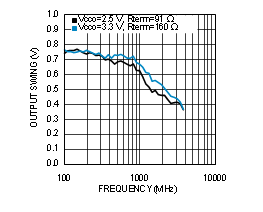
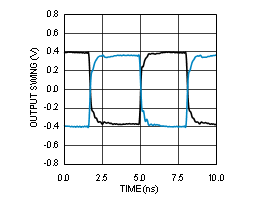
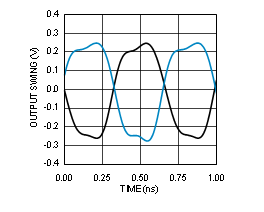
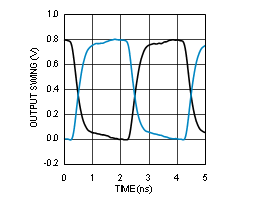
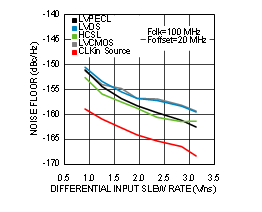
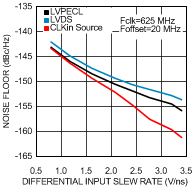
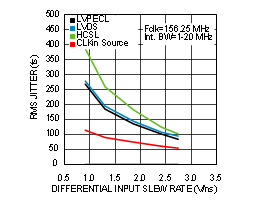
| See Note 1 in Graph Notes table | ||
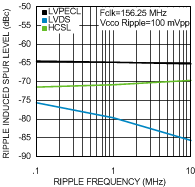
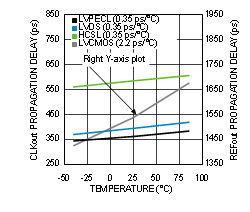
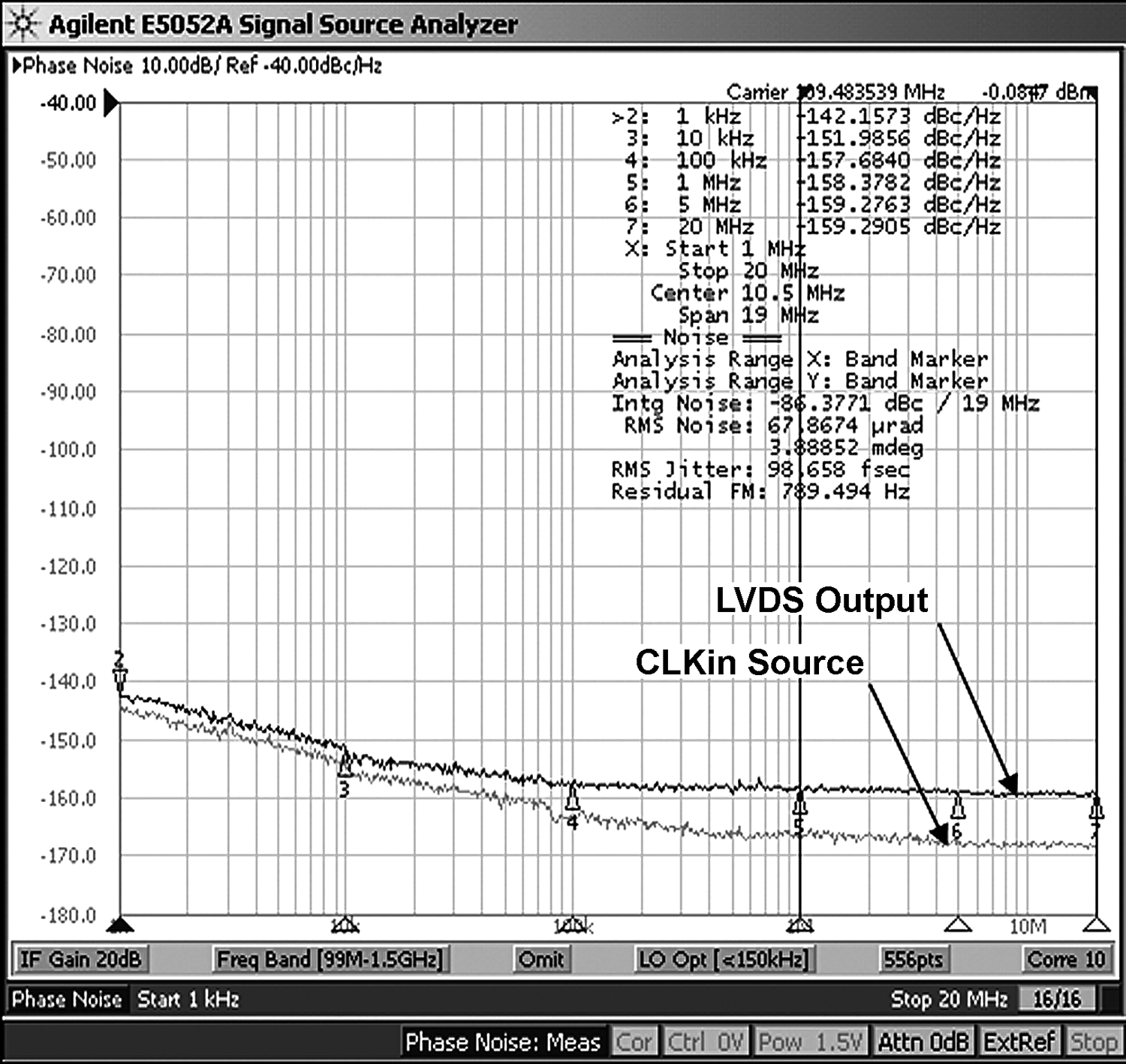
| See Note 1 in Graph Notes table | ||
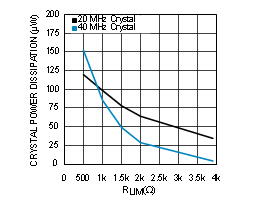
| See Notes 2 and 3 in Graph Notes table | ||
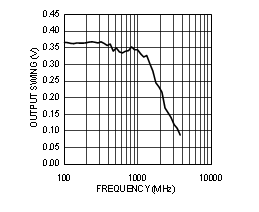
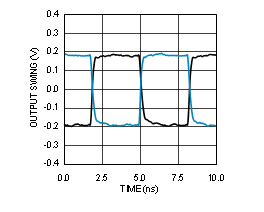
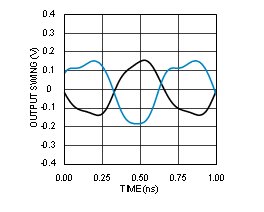
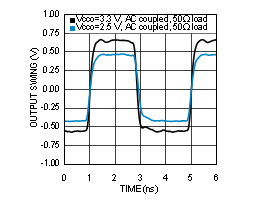
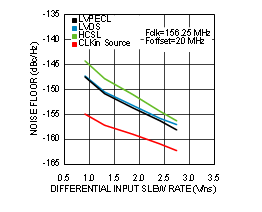
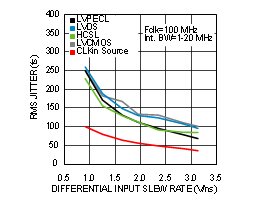
| See Note 1 in Graph Notes table | ||
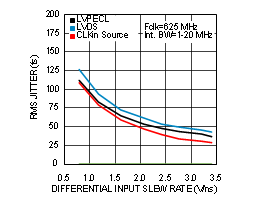
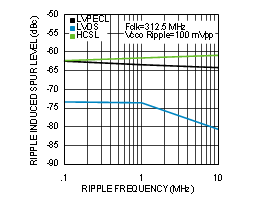
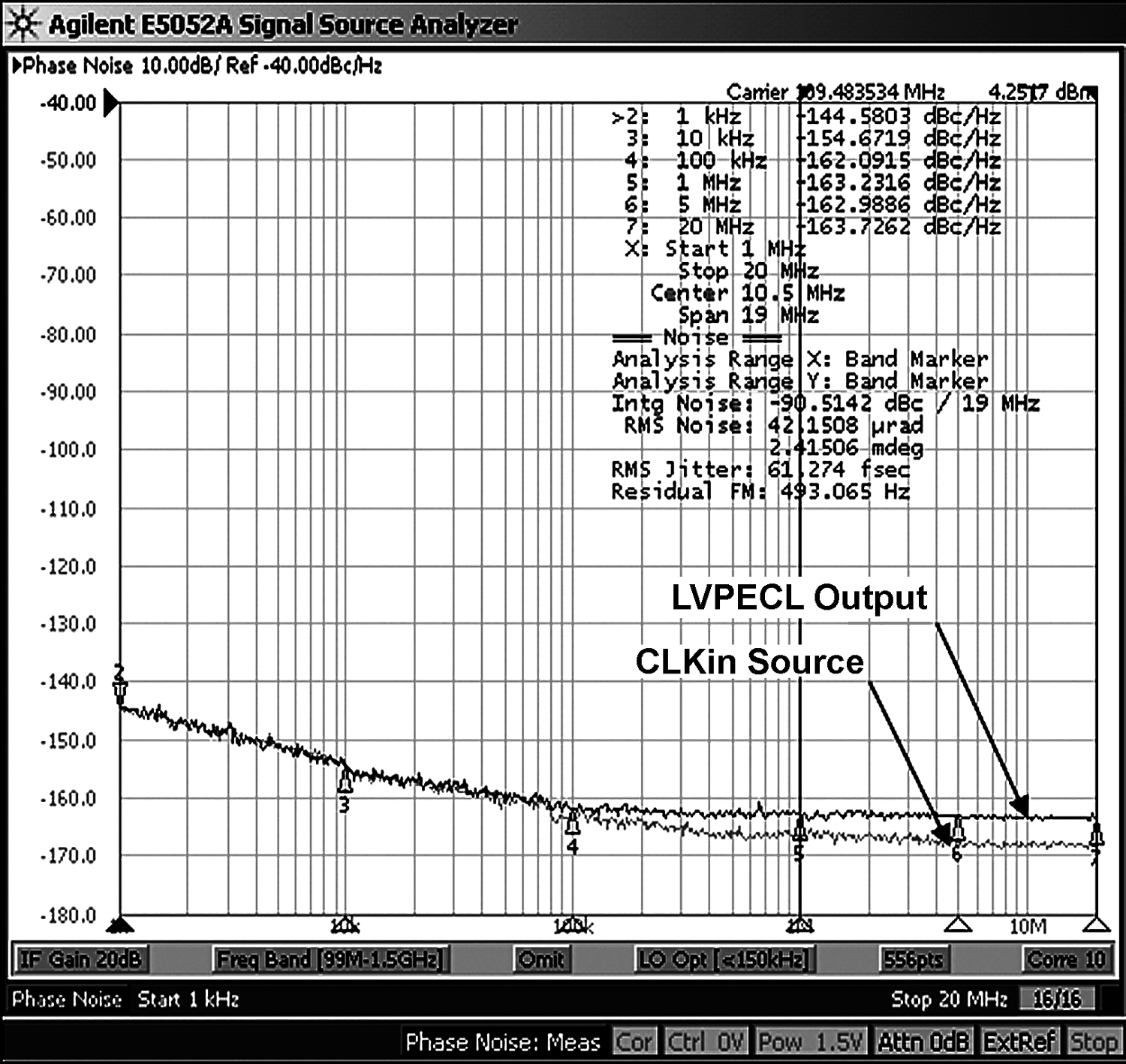
| See Note 1 in Graph Notes table | ||
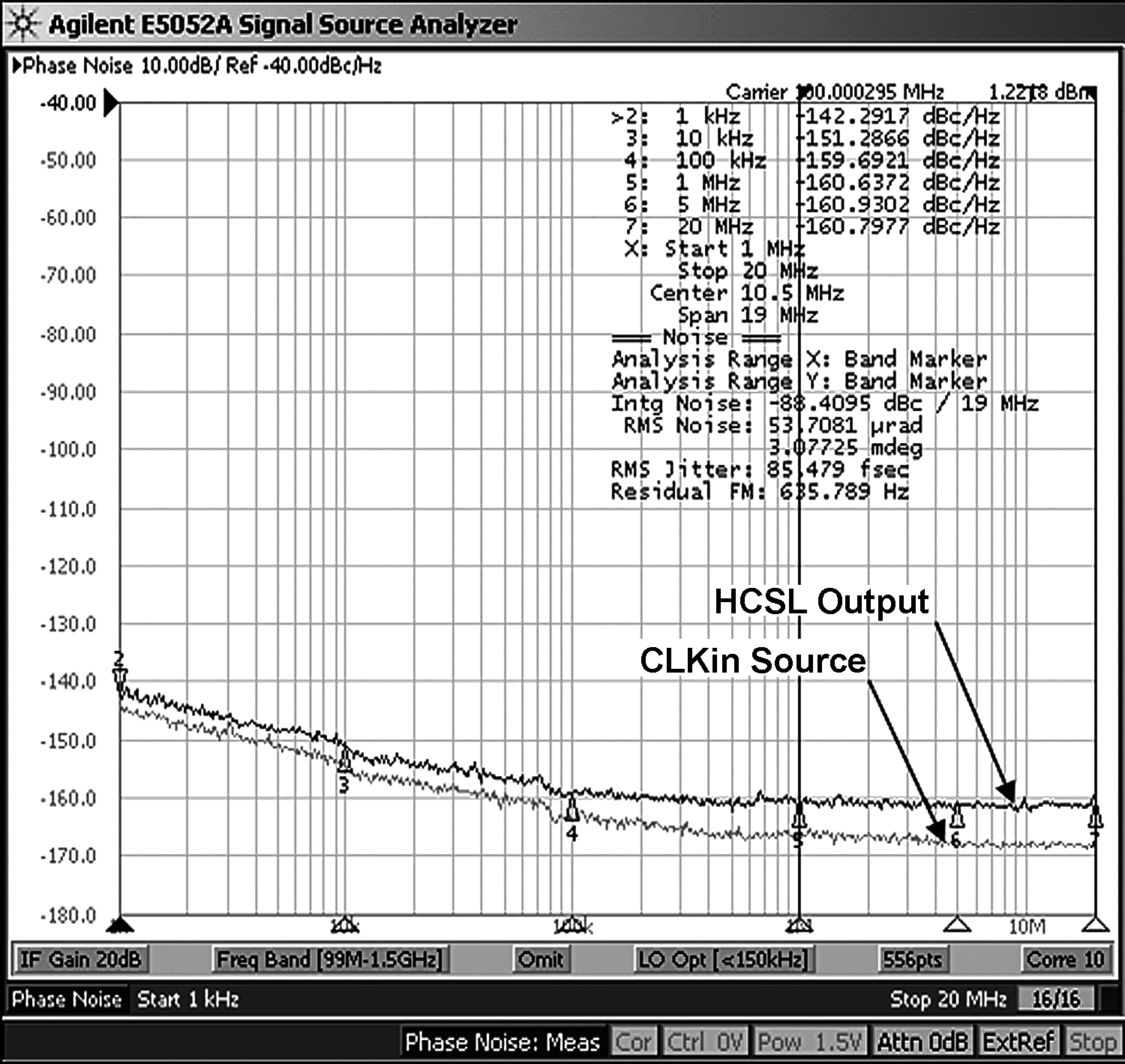
| See Note 1 in Graph Notes table | ||
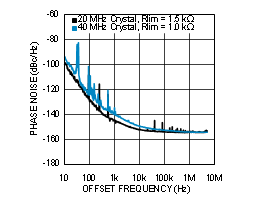
| See Notes 2 and 3 in Graph Notes table | ||
Table 1. Graph Notes
| NOTE | ||||
|---|---|---|---|---|
| (1) | The typical RMS jitter values in the plots show the total output RMS jitter (JOUT) for each output buffer type and the source clock RMS jitter (JSOURCE). From these values, the Additive RMS Jitter can be calculated as: JADD = SQRT(JOUT2 - JSOURCE2). | |||
| (2) | 20 MHz crystal characteristics: Abracon ABL series, AT cut, CL = 18 pF , C0 = 4.4 pF measured (7 pF max), ESR = 8.5 Ω measured (40 Ω max), and Drive Level = 1 mW max (100 µW typical). | |||
| (3) | 40 MHz crystal characteristics: Abracon ABLS2 series, AT cut, CL = 18 pF , C0 = 5 pF measured (7 pF max), ESR = 5 Ω measured (40 Ω max), and Drive Level = 1 mW max (100 µW typical). | |||